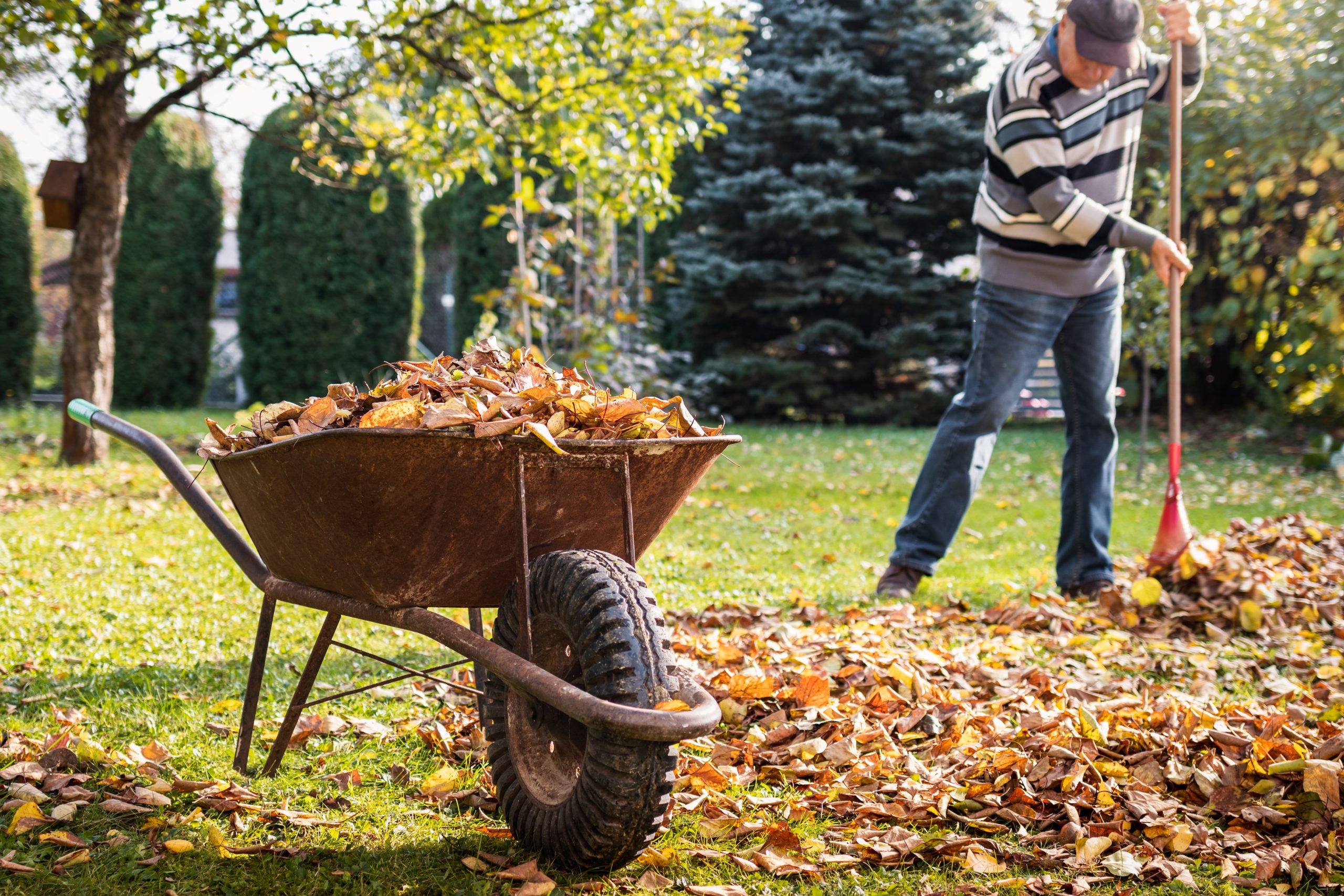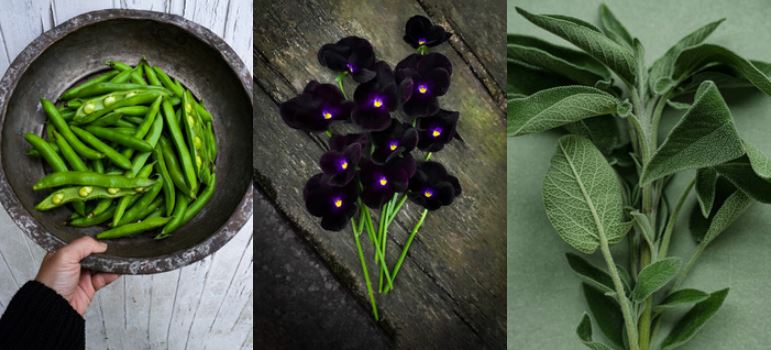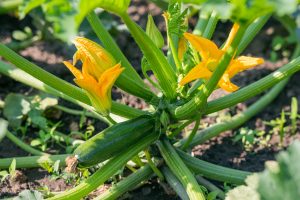What to Grow in September
September marks the beginning of autumn in the UK, a time of transition for gardens as summer crops wind down and cooler-weather planting begins. Though it may seem like the growing season is drawing to a close, there are still plenty of opportunities to sow, plant, and harvest. Whether you’re preparing for winter or planning an early start for sprin, here’s what we have grown in our gardens in September.
1. Vegetables to Sow in September
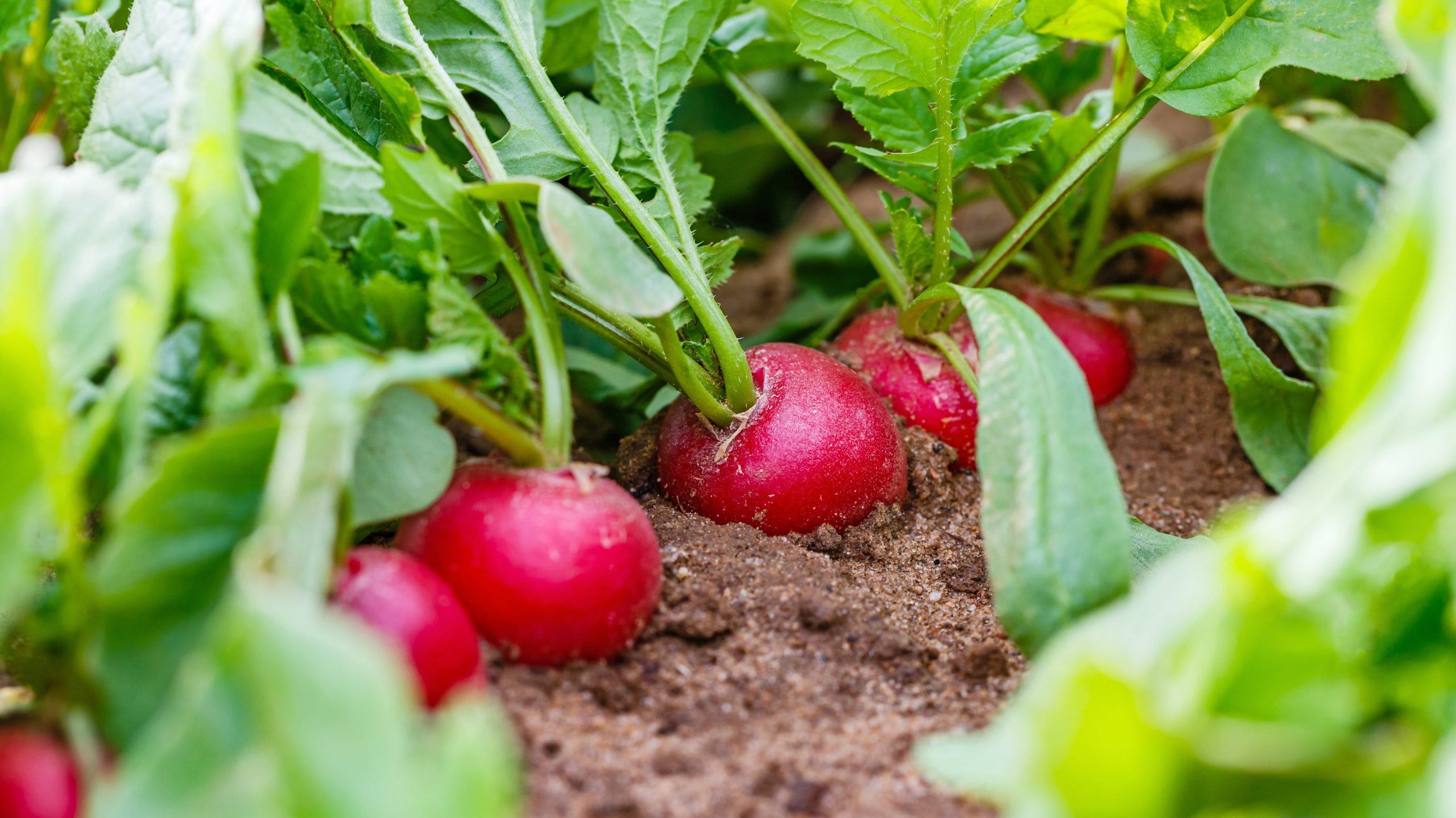
Even as the temperature starts to dip, there are many egetables that thrive in cooler temperatures. We have choosen crops that are hardy and capable of surviving the winter months or maturing quickly enough before frost sets in.
- Winter Lettuce: Quick to grow and frost-hardy, winter lettuce can be sown in September for harvesting throughout autumn and early winter.
- Spring Cabbage: Sow this month for harvesting in early spring. Varieties like ‘April’ and ‘Durham Early’ are popular choices.
- Radishes: Ideal for a quick crop before frost hits, radishes can be sown in early September and harvested within four weeks.
- Spinach: Varieties like ‘Perpetual Spinach’ can be sown in September and will continue to provide leaves well into autumn and even winter.
- Turnips: Sow now to enjoy tender young turnips by late autumn, or leave them to mature for winter harvesting.
- Pak Choi: This fast-growing Asian green can be sown now and harvested within a few weeks, perfect for stir-fries and salads.
- Broad Beans: Early broad bean varieties such as ‘Aquadulce Claudia’ can be sown now for an early crop in spring.
2. Herbs for September Planting
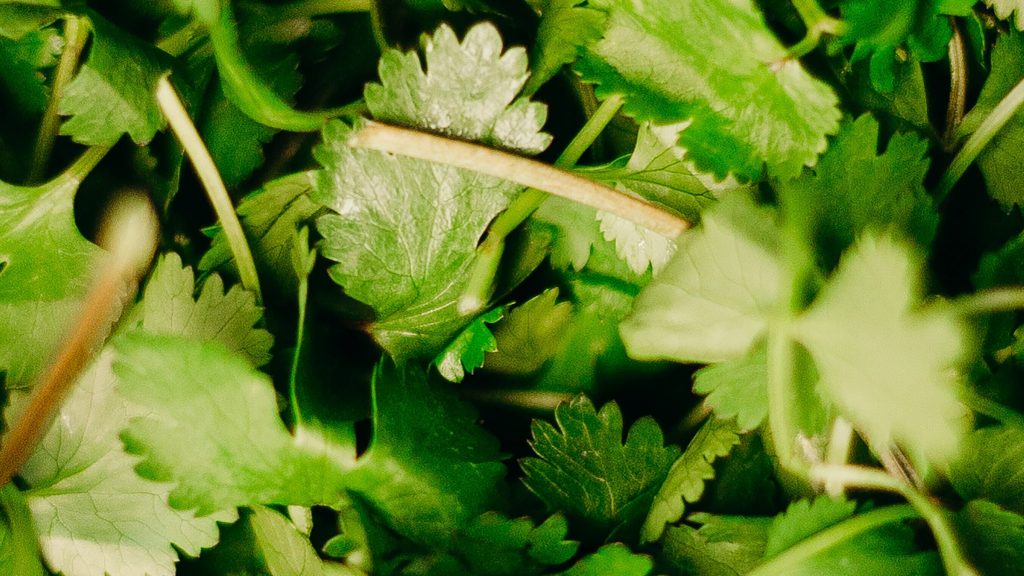
Many herbs will begin to slow their growth as the days shorten, but you can still get a few key plants established for a continuous supply throughout winter.
- Parsley: This resilient herb can be sown in September and will provide a fresh supply of leaves until spring.
- Coriander: Another herb that loves cool weather, coriander will germinate quickly and produce leaves for a few months.
- Chives: Sow chives now to have a steady supply in the colder months. They are hardy and will come back year after year.
3. Planting for Spring Blooms
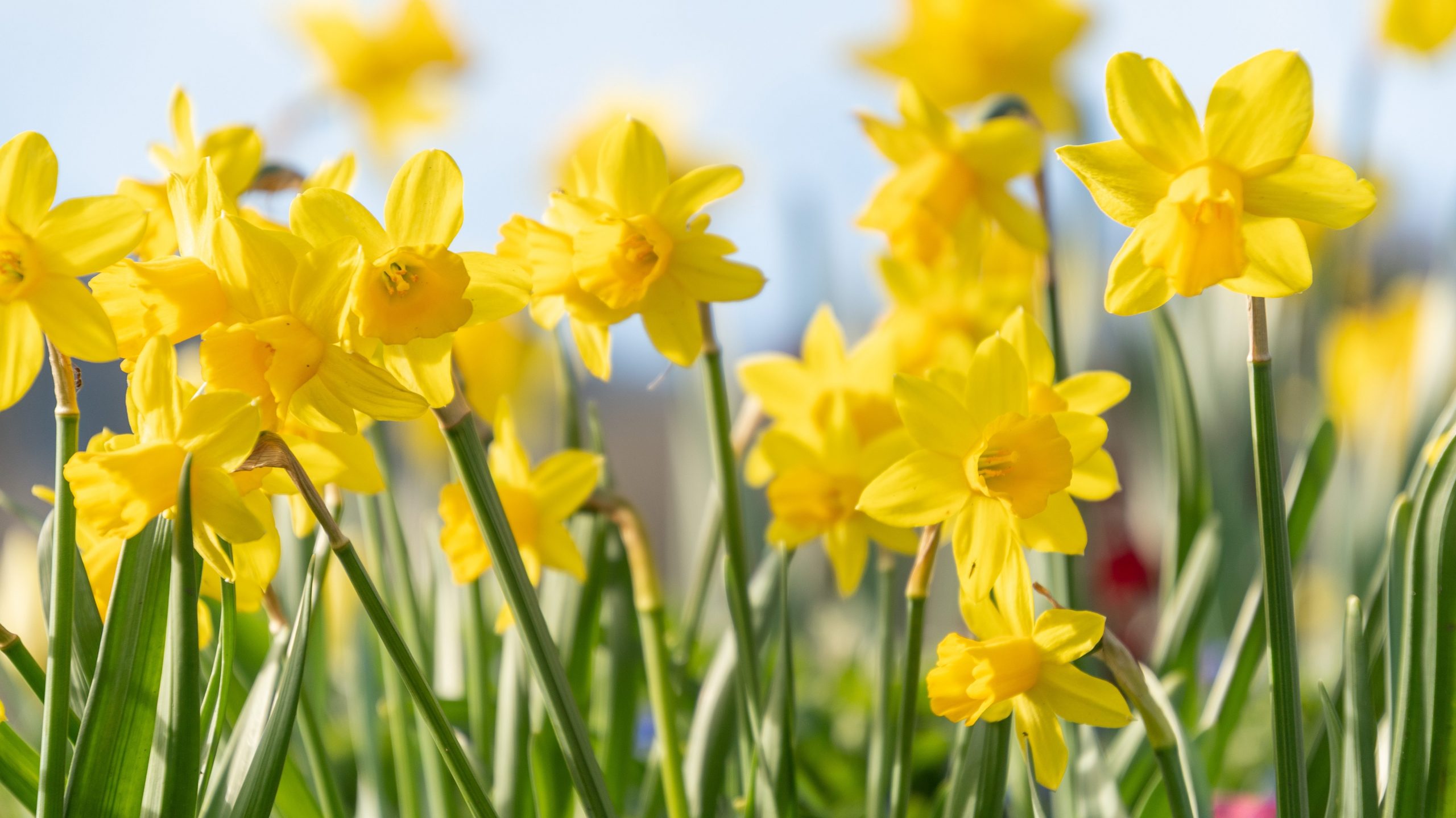
If you’re already thinking ahead to next year, September is the perfect time to plant spring-flowering bulbs.
- Daffodils: Plant daffodil bulbs in September for a cheerful display come March. They’re easy to grow and will naturalize over time.
- Tulips: Although tulips are typically planted in October, you can start preparing your beds this month for early planting.
- Crocuses: These early bloomers can be planted now for a splash of colour as early as February.
4. Fruit Trees and Bushes
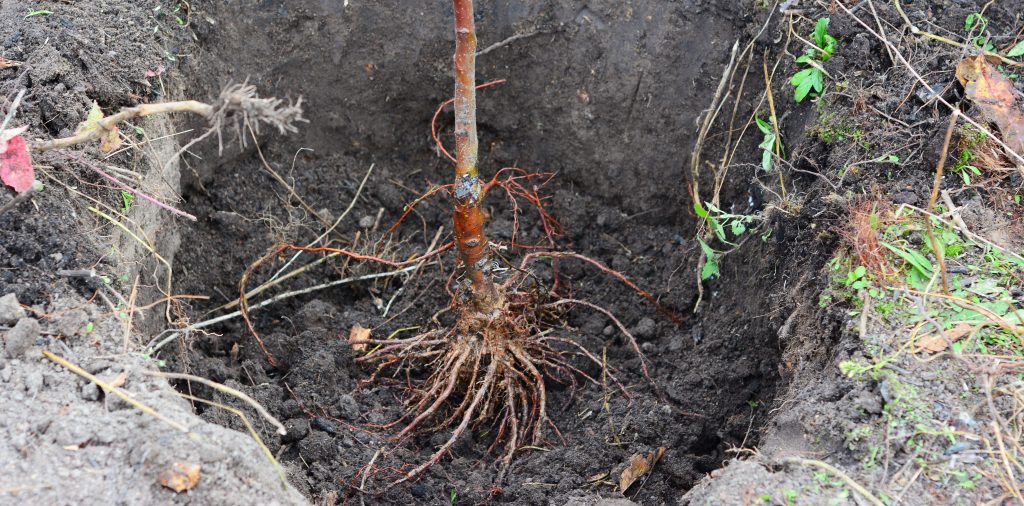
Late September is an excellent time to plant bare-root fruit trees and bushes, giving them plenty of time to establish roots over the winter.
- Apple Trees: Choose a sunny spot and plant now for years of autumn harvests.
- Raspberries: Autumn is the best time to plant raspberry canes, particularly varieties that will fruit next summer.
- Gooseberries: These hardy bushes can be planted in September to get a head start on next year’s growth.
5. Caring for Your September Garden
While planting new crops, don’t forget to care for your existing garden. September is a critical time to clear out spent plants, tidy up beds, and prepare for the colder months ahead.
- Harvest Remaining Summer Crops: Tomatoes, beans, courgettes, and cucumbers will likely still be producing. Keep harvesting regularly to encourage the last few fruits to ripen.
- Compost Garden Waste: As you clear beds, add old plant material to your compost heap. This will decompose over the winter, providing nutrient-rich compost for next year’s garden.
- Mulch: Apply a thick layer of mulch around perennial plants and over empty beds. This will protect the soil from erosion and help retain moisture, giving your garden a head start next spring.
6. Flowers to Plant for Autumn Colour
To keep your garden looking vibrant as summer fades, plant some autumn-flowering perennials and hardy annuals.
- Asters: These late-blooming flowers provide a beautiful burst of purple, pink, or white flowers that last into October.
- Sedum: Also known as ‘Autumn Joy’, sedums bloom in late summer and early autumn, attracting pollinators as the weather cools.
- Winter Pansies: These cheerful flowers will brighten up your garden all winter long, even surviving light frost.


